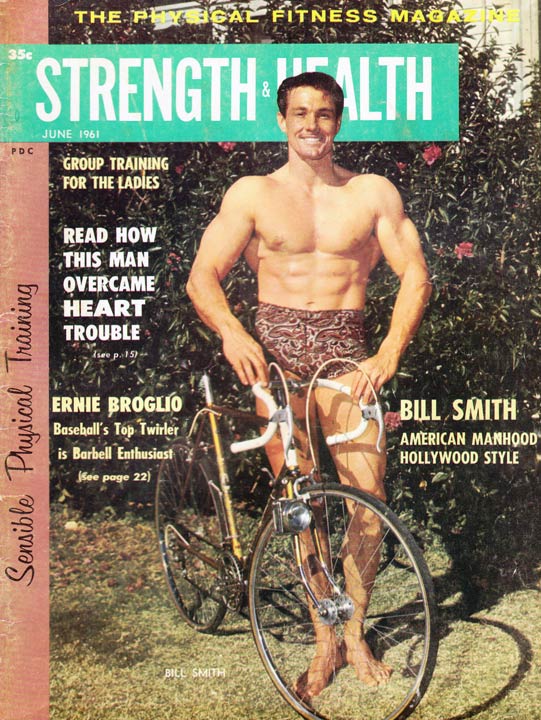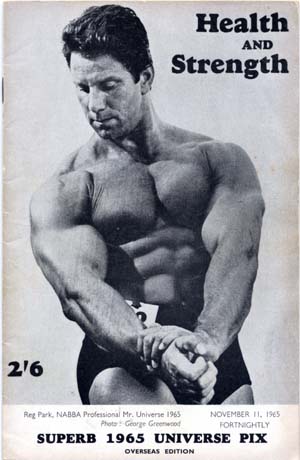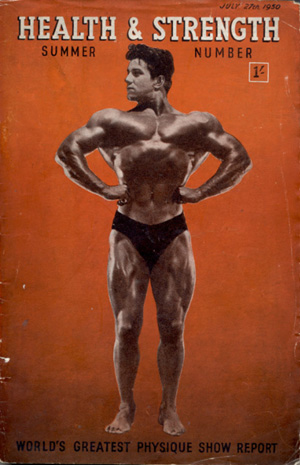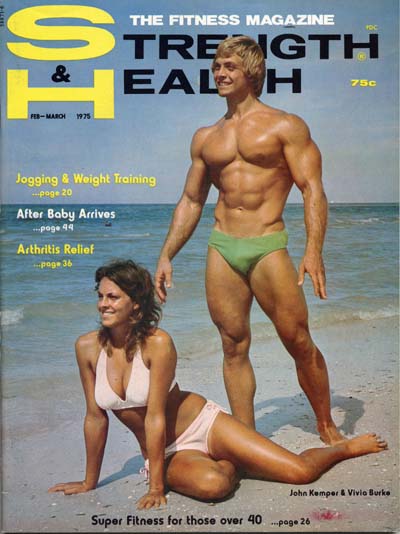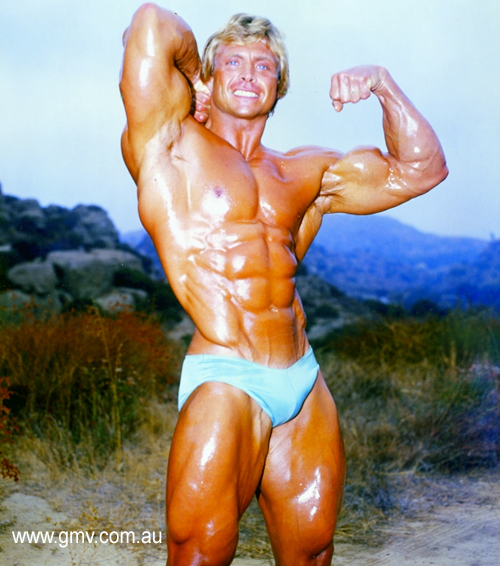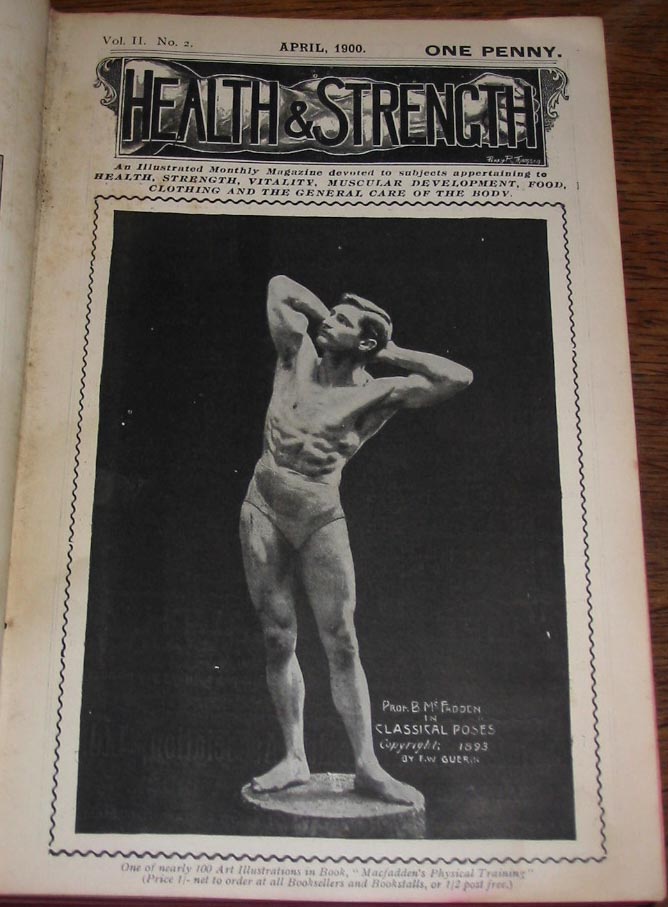Bodybuilding is an art form, and I have always held the opinion that a person's physical structure should be aesthetically pleasing, whilst retaining functionality. I have found that the kind of body developed by individuals has changed over the years in line with the kind of physical structure favoured by the media. However, I have realised that there are a lot of people out there who like training, working out, and even like competing, but who don't want to look like the modern bodybuilder.
 |
| The Modern Man |
In the period between 1890 to 1920, when bodybuilding was still called 'physical culture' emphasis was placed on a practitioner's ability to perform magnificent feats of strength whilst looking presentable in suits, which were the everyday clothes worn at the time. Thus his training was focused on lifting consistently heavy weights and performing gymnastic and calisthenic exercises. A lean, muscular and strong physique was favoured, and definition and symmetry was not particularly required in competitions, leading to the rather rough edged bodies of the time.
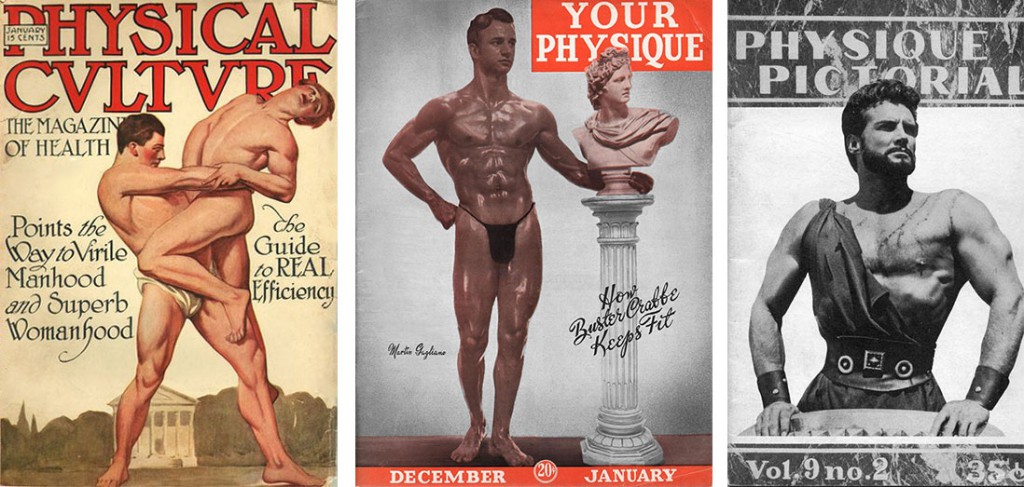
In writing this article, I had recourse to Health and Strength magazine, one of the oldest fitness publications, reaching back as far as 1876 as well as Mens Health, Flex and other fitness material.

With the period between 1925 and 1950, the aesthetic seemed to have changed due to the increased acceptance of fitness, the advent of fitness competitions and increased magazine distribution, requiring bodybuilders to develop more visually pleasing bodies as well as a bulkier physique. Definition, symmetry and cleaner lines were prized at this time, and emphasis on strength was reduced in order to appeal to the general public.
Women started to participate in fitness competitions as feminism gained more adherents and women became increadingly encouraged to take control of their destinies. This led to fitness publications featuring more female models, presumably because women clad in skimpy outfits may have sold more magazines. Female fitness models were expected to retain their femininity have broad shoulders, flat stomachs and tiny waists.



I believe something went wrong between 1950 and 1960, especially with the increased proliferation of the television and the development of broadcast media as a competitor to print media. It seemed like the media was trying to define how a bodybuilder should look. There was a conflict between the way print media believed an accomplished bodybuilder should look, and this influenced the governing aesthetic. As you can see in the magazine covers below, the model on the left is far slimmer and more defined than the model on the right. A bulkier, less defined physique with broad shoulders and slim arms was preferred in the 50's and you can see this in the way movie stars of the day were built.
At this time, it seems that female fitness was de-emphasised, as female models seemed to appear only on precious few covers. It should be noted that the Miss World (1951) and Miss Universe (1952) pageants commenced within this time and it is possible that public opinion may have required that emphasis be placed on female beauty, as opposed to athletic ability. The rise of beauty pageants possibly led to the rise of the 'burn fat!!!' movement and the portrayal of the thin woman as 'beautiful'.


Happily, the conflict of the 50's gave way to a resurgence of enlightened bodybuilding between 1960 and 1969, probably due to increased education about nutrition and innovations in training equipment which enabled bodybuilders train with improved effectiveness and recieve quicker results. However, this aesthetic changed with the rise of the Mr. Olympia and media preference for larger than life bodybuilders. Between 1970 and 1990 the increasing use of steroids and supplements by bodybuilders led to the evolution of the superhuman bodybuilder. There was also a resurgence of interest in female fitness, although the reappearance of women on magazine covers was more of an exploitation of their sexuality than an affirmation of their place within the fitness world.
From 1970, increased emphasis has been placed on muscle size and definition, leading to the prominence of the 'six-pack' as evidence of fitness. Innovations in training methodology also enabled the development of finely defined physiques.
The rise of the internet and the explosion of fitness websites and enhanced information about fitness has led to the growth of a movement towards individual fitness. Ordinary people are becoming increasingly aware of their ability to change their bodies and improve their quality of life.
